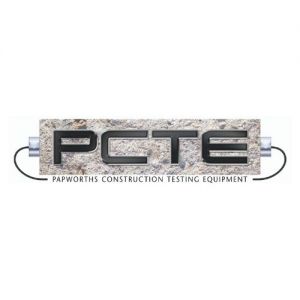Advantages of Using Ultrasonic Concrete Testing EquipmentPosted by PCTE on February 3rd, 2016 Concrete should be tested to determine its integrity and thickness. Using conventional tools and testing methods takes a lot of time and effort, but you now have the option to rely on ultrasonic testing technology for a faster and more convenient way to determine the quality of concrete. Ultrasonic concrete testing equipment will help determine the material's homogeneity and inform you of the presence of internal defects or imperfections, like cracks and voids. Ultrasonic testing equipment makes it easier to determine changes in the state of the concrete due to fire damage, chemical attack, frost, or cement hydration. Ultrasonic testing technology will ensure that the concrete's integrity and quality are at par with specific standard requirements. The testing method's most basic mode is referred to as 'time of flight', which pertains to the time of an ultrasonic pulse's arrival from one transducer to another via a solid medium. Ultrasonic pulses are compression waves or P-waves in a standard operation, and the velocity (UPV or ultrasonic pulse velocity) is determined by dividing the distance between the transducer by the arrival time. High-quality ultrasonic testing equipment comes with a housing, which is designed to be rugged and robust for on-site testing, particularly in harsh environments. The screen displays sharp images in high resolution, so you can easily analyse the measured waveforms. The best equipment would have a touch screen function, too. This way, it is easier to access data and programme the settings. You can easily access the settings on the measuring screen. Built-in data storage makes it easier to review and retrieve the waveforms later when you get back to your lab. Triggering can either be manual or automatic, and you can adjust the trigger threshold to suit the concrete. This way, high-quality ultrasonic testing can be versatile for investigating other different types of materials like timber, ceramics, and refractories. Ultrasonic concrete testing equipment is non-destructive and non-invasive. Hence, you do not have to worry about destroying existing structure. The equipment comes with analysis software, which lets you adjust the measurement settings and review data. The software is useful in loading strength conversion curves into a system, too. Ultrasonic testing equipment can support various measurement modes from area scans to crack depth analysis, compressive strength, pulse velocity, surface velocity, and line scans. About the Company: PCTE supplies a range of equipment from around the world to offer you a one stop shop with all of the latest equipment. Concrete Non Destructive Testing (NDT) comprises testing a property of concrete, largely without damaging the concrete to assess some parameter that either directly or indirectly provides a required characteristic of the concrete or its embedment. For more details, you can contact us at the website. Like it? Share it!More by this author |


